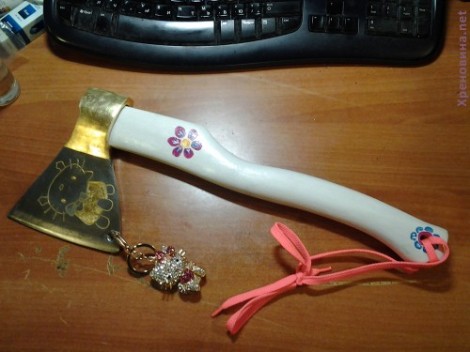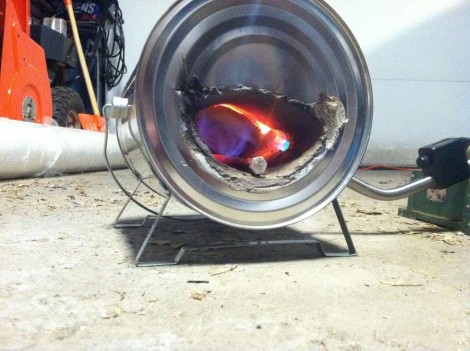Despite what you may have heard elsewhere, science isn’t just reading [Neil deGrasse Tyson]’s Twitter account or an epistemology predicated on the non-existence of god. No, science requires much more work watching Cosmos, as evidenced by [Ast]’s adventures in analyzing data to measure the speed of sound with a microcontroller.
After [Ast] built a time to digital converter – basically an oversized stopwatch with microsecond resolution – he needed a project to show off what his TDC could do. The speed of sound seemed like a reasonable thing to measure, so [Ast] connected a pair of microphones and amplifiers to his gigantic stopwatch. After separating the microphones by a measured distance; [Ast] clapped his hands, recorded the time of flight for the sound between the two microphones, and repeated the test.
When the testing was finished, [Ast] had a set of data that recorded the time it took the sound of a hand clap to travel between each microphone. A simple linear regression (with some unit conversions), showed the speed of sound to be 345 +/- 25 meters per second, a 7% margin of error.
A 7% margin of error isn’t great, so [Ast] decided to bring out Numpy to analyze the data. In the first analysis, each data point was treated with equal weight, meaning an outlier in the data will create huge errors. By calculating the standard deviation of each distance measurement the error is reduced and the speed of sound becomes 331 +/- 14 m/s.
This result was better, but there were still a few extraneous data points. [Ast] chalked these up to echos and room vibrations and after careful consideration, threw these data points out. The final result? 343 +/- 9 meters per second, or an error of 2.6%.
A lot of work for something you can just look up on Wikipedia? Yeah, but that’s not science, is it?

















